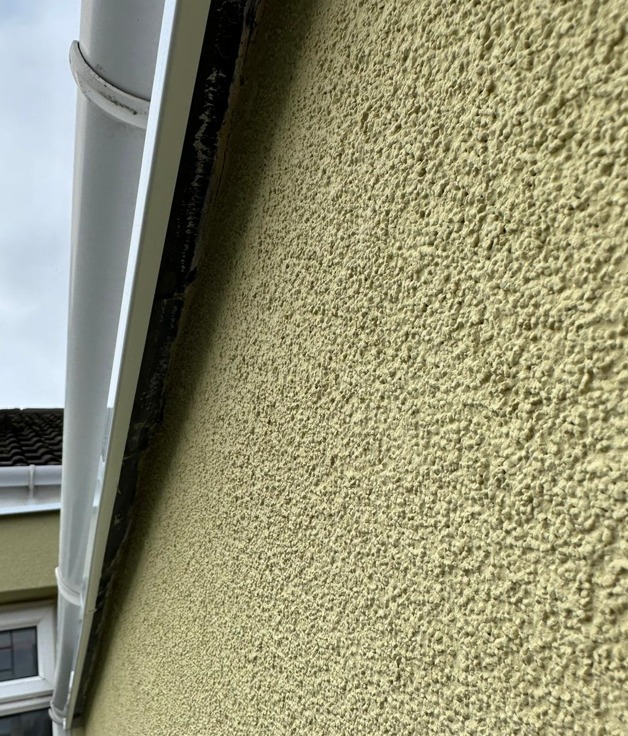The Ultimate Guide to Cavity Wall Insulation
Posted on 19th December 2023 at 21:36
Are you tired of experiencing chilly drafts in your home or paying exorbitant energy bills due to heat loss? Look no further than the ultimate solution: cavity wall insulation. Imagine a world where your home remains cosy and warm during the winter months while also staying refreshingly cool in the summer—all thanks to a simple yet effective method of insulation.
Using this guide, we'll uncover the benefits, installation process, and cost-effectiveness of cavity wall insulation. So buckle up and prepare to revolutionise your home's energy efficiency with the ultimate guide to cavity wall insulation!
What Is Cavity Wall Insulation?
Cavity wall insulation is a crucial aspect of home energy efficiency that often goes unnoticed. Essentially, it involves filling the gap between the inner and outer walls of a building with insulating material to prevent heat loss and damp penetration.
Benefits of Cavity Wall Insulation
Cavity wall insulation has a lot of benefits beyond just saving energy. By effectively insulating the cavity walls, homeowners can significantly reduce heat loss and damp penetration, thereby enhancing the overall comfort and structural integrity of their homes. This has a direct impact on reducing energy bills, ultimately leading to significant cost savings over time.
Additionally, cavity wall insulation lowers carbon emissions. By improving the thermal efficiency of a property, insulation helps decrease the demand for heating, thus contributing to a more sustainable environment. Additionally, the installation process is relatively non-intrusive and can be completed in a matter of hours, causing minimal disruption to daily life while delivering long-term advantages.

Types of Cavity Wall Insulation Materials
When it comes to cavity wall insulation materials, there are several options available, each with its unique properties and benefits. One commonly used material is mineral wool, a versatile and cost-effective option that offers excellent thermal efficiency and fire resistance. Another popular choice is expanded polystyrene beads, which provide a lightweight but effective solution for cavity wall insulation.
Maintenance and Care for Cavity Wall Insulation
Cavity wall insulation is a significant investment in your home, and proper maintenance is crucial for ensuring its long-term effectiveness. Here are some tips:
Conduct regular inspections to identify any potential issues such as dampness or wear and tear
Keep gutters clear
Repair any cracks in the walls
Clean up mould or mildew right away
Consider consulting with a professional if you notice any unusual changes in your home's energy efficiency or indoor temperature regulation
Cost and Savings of Cavity Wall Insulation
Cavity wall insulation can significantly reduce heating costs and provide long-term savings for homeowners. While the upfront cost of cavity wall insulation installation may seem daunting, the potential savings on energy bills make it a worthwhile investment.
In addition to saving money, cavity wall insulation adds value. As energy efficiency becomes increasingly important to homebuyers and renters, a well-insulated home can command higher resale or rental prices.
Importance of Properly Installed Cavity Wall Insulation
Understanding the ins and outs of cavity wall insulation is the first step towards creating a more energy-efficient and comfortable living space. For those considering such an upgrade in the Bristol area, The Rendering Company is your best bet.
Known for our proficiency in rendering, external wall insulation, and screeding, The Rendering Company brings a wealth of experience and skill to the table. Our commitment to quality and customer satisfaction makes us a trusted choice for transforming homes into energy-efficient, weather-resistant havens.
Share this post:
